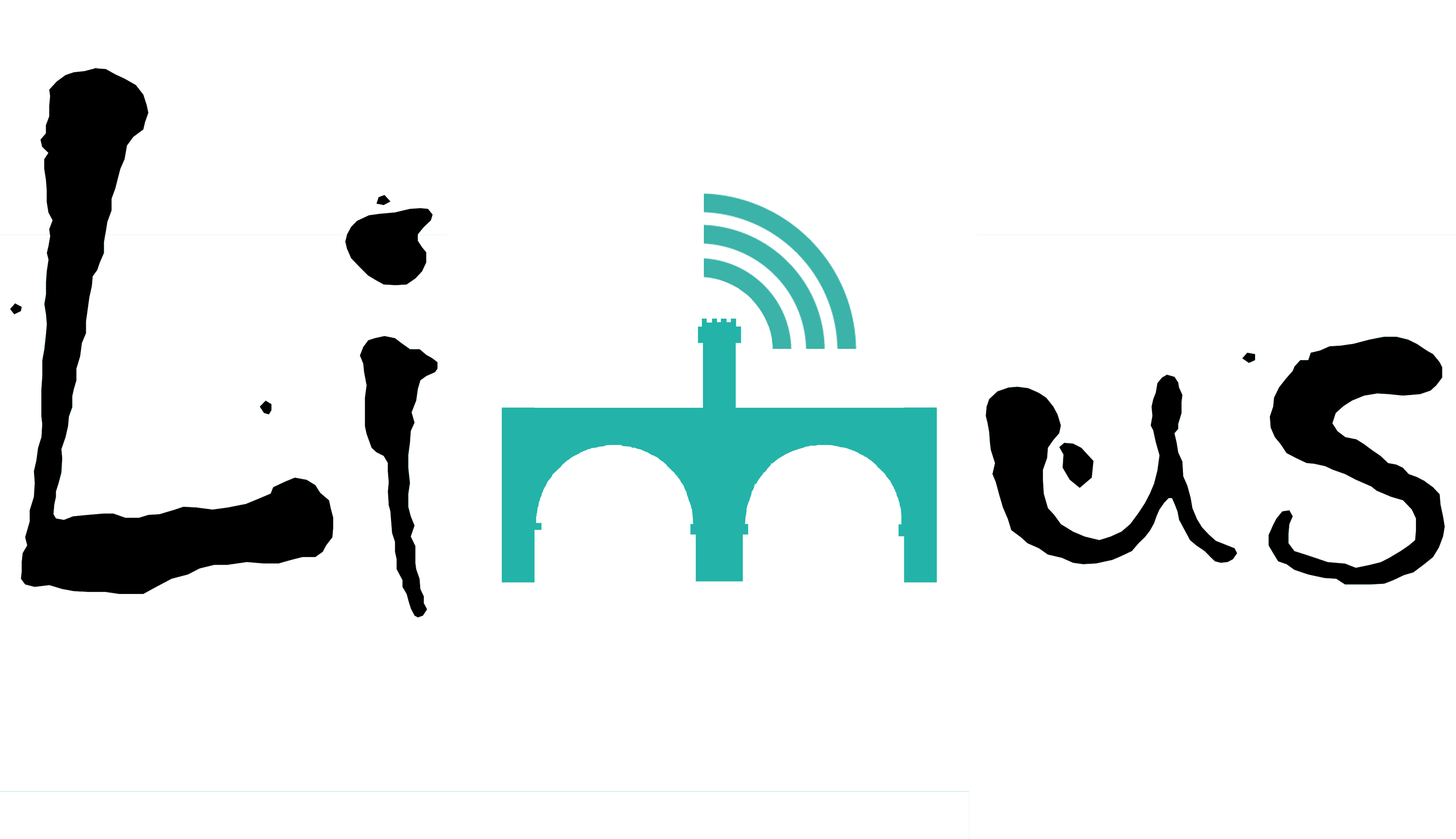Last Thursday, March 14, 2019, the Limus project was presented into society. Our research group has been working on this project for several years.
Limus is a technology transfer project to facilitate access to information about museums and archaeological sites in Extremadura and Alentejo through our mobile devices. El Periódico Extremadura interviewed the project’s principal investigator, Fernando Álvarez:
The event was covered by other media such as Diario Hoy, or RTVE Noticias de Extremadura.
The presentation of the project was presided by Antonio Hidalgo, Rector of the University of Extremadura, Miriam García Cabezas, Secretary General of Culture of the Junta de Extremadura, and Doctor Miguel Pedro, Director of the Culture and Heritage Division of the Municipal Chamber of Évora.
Before demonstrating the prototypes of each of the technologies, Guillermo Kurtz, director of the Archaeological Museum of Badajoz, reminded us that technology is a means, not an end. Next, Fernando Álvarez described the technological components on which each one of the positioning technologies used is based: Bluetooth Low Energy (or BLE), ultrasounds, and visible light.
The Limus project is possible thanks to the Operational Program Cross-Border Cooperation Spain Portugal (POCTEP, Programa Operativo Cooperación Transfronteriza España Portugal), and is being developed by the Junta de Extremadura through the Archaeological Museum of Badajoz, the Municipal Chamber of Évora, the Archaeological Field of Mértola and the University of Extremadura through the Sensory Systems Research Group (GISS).

